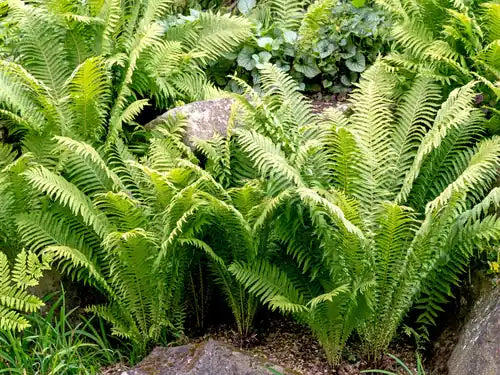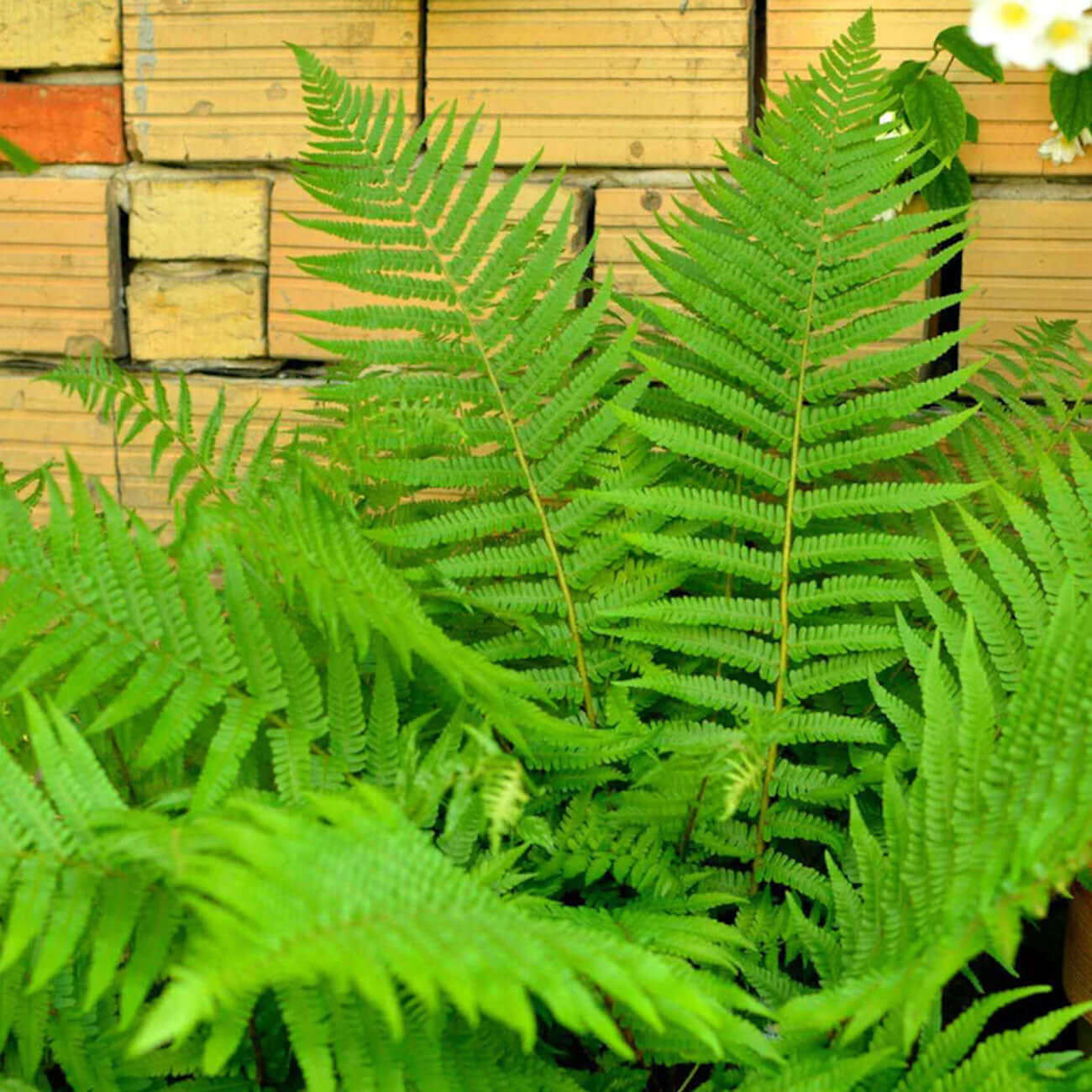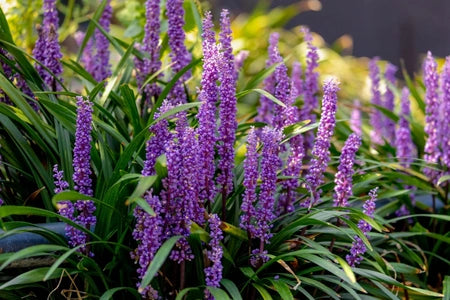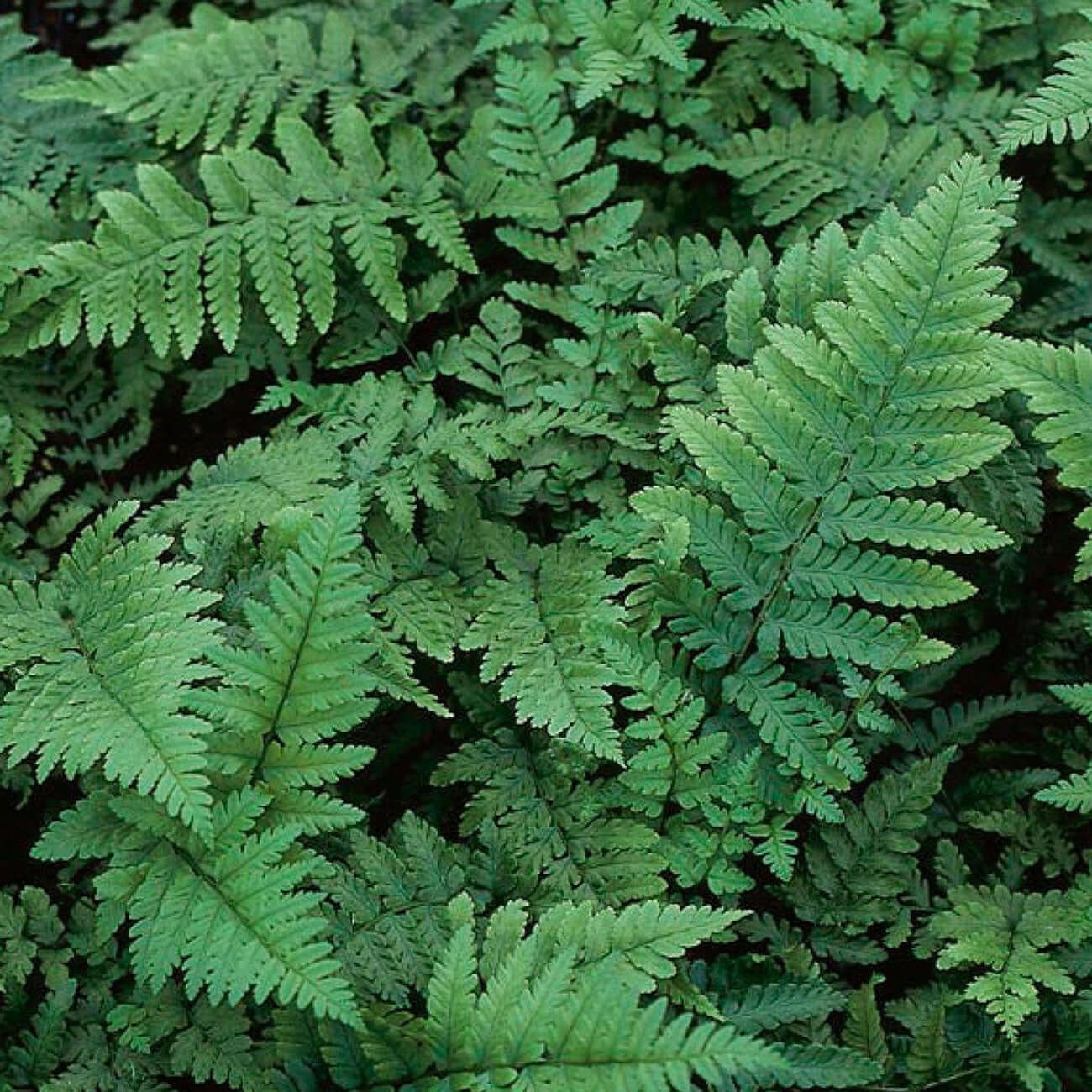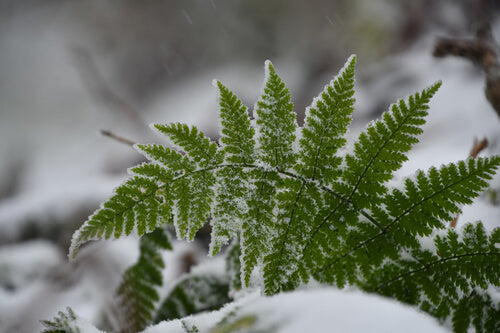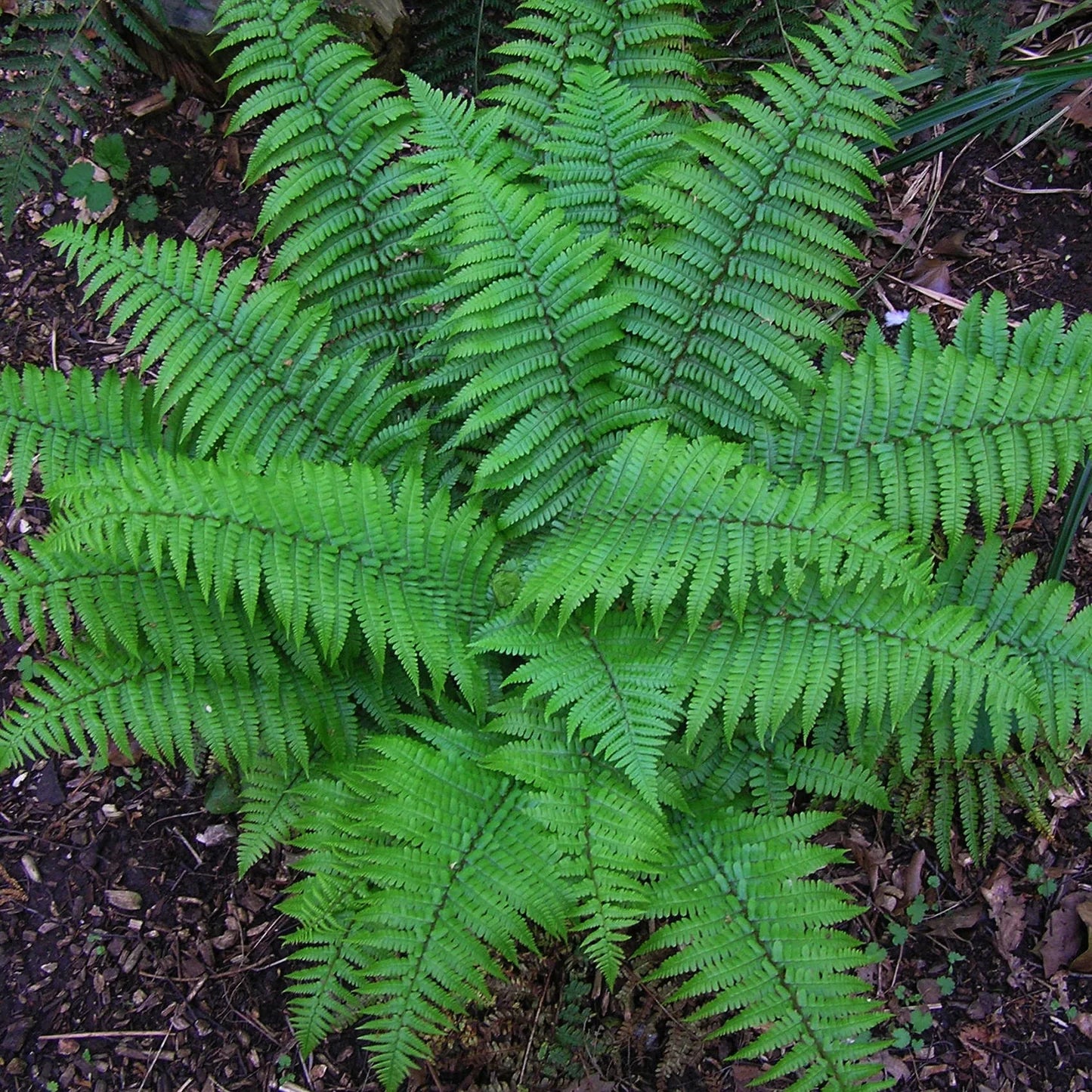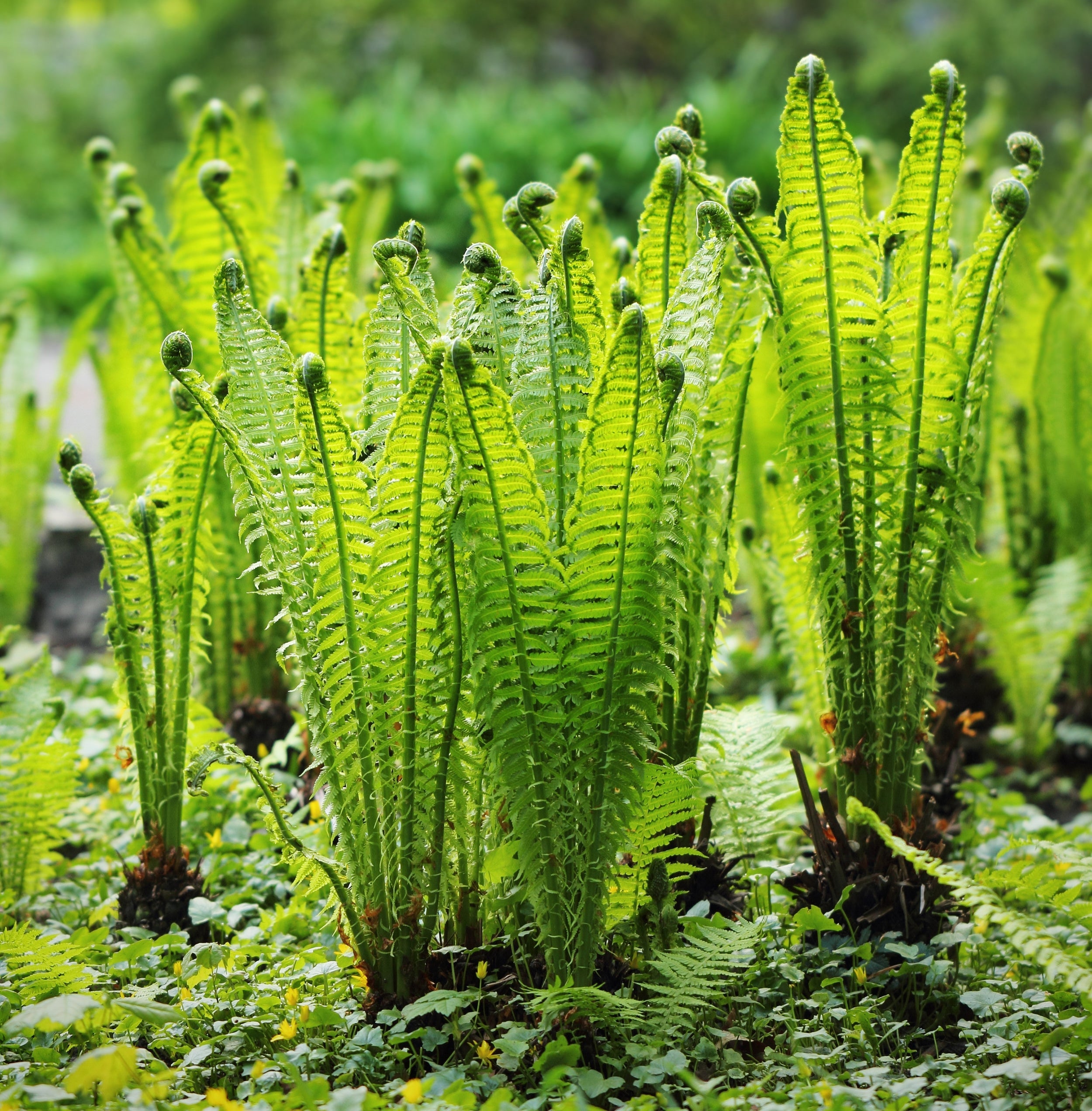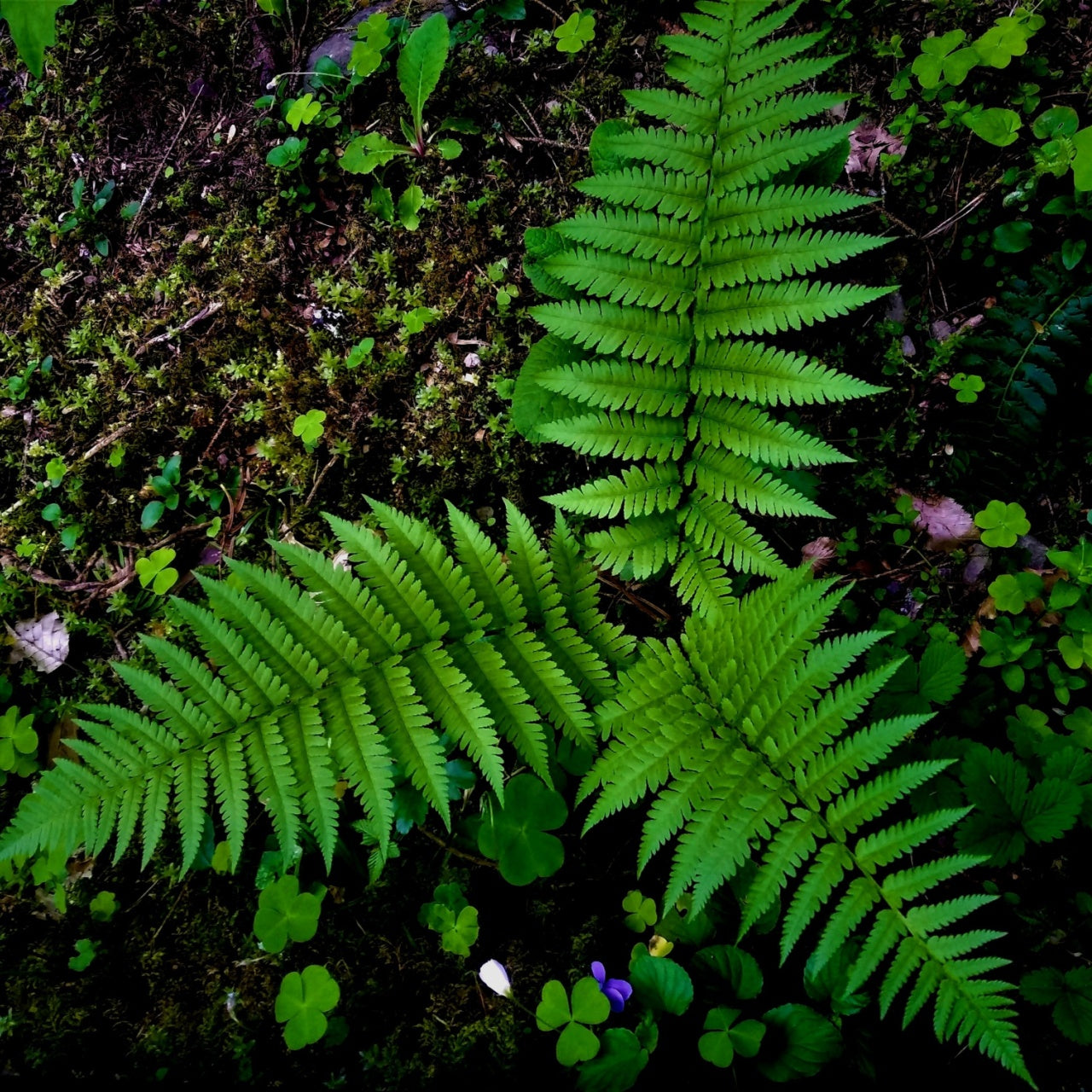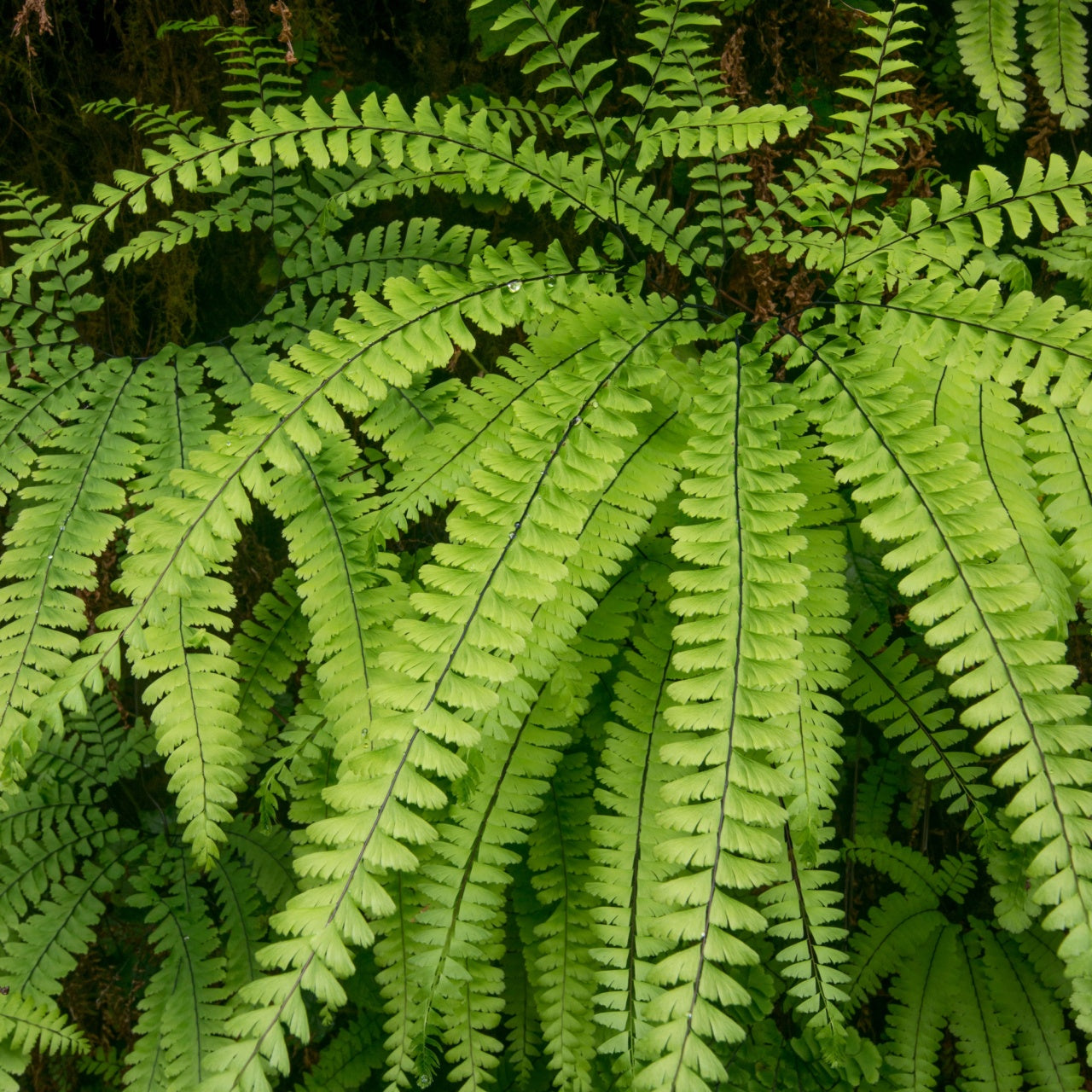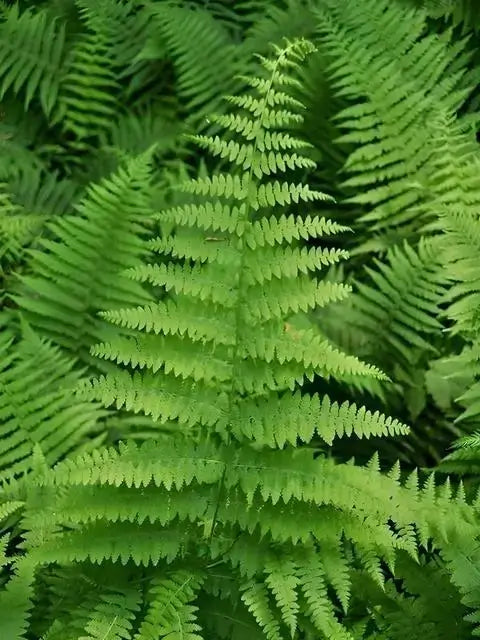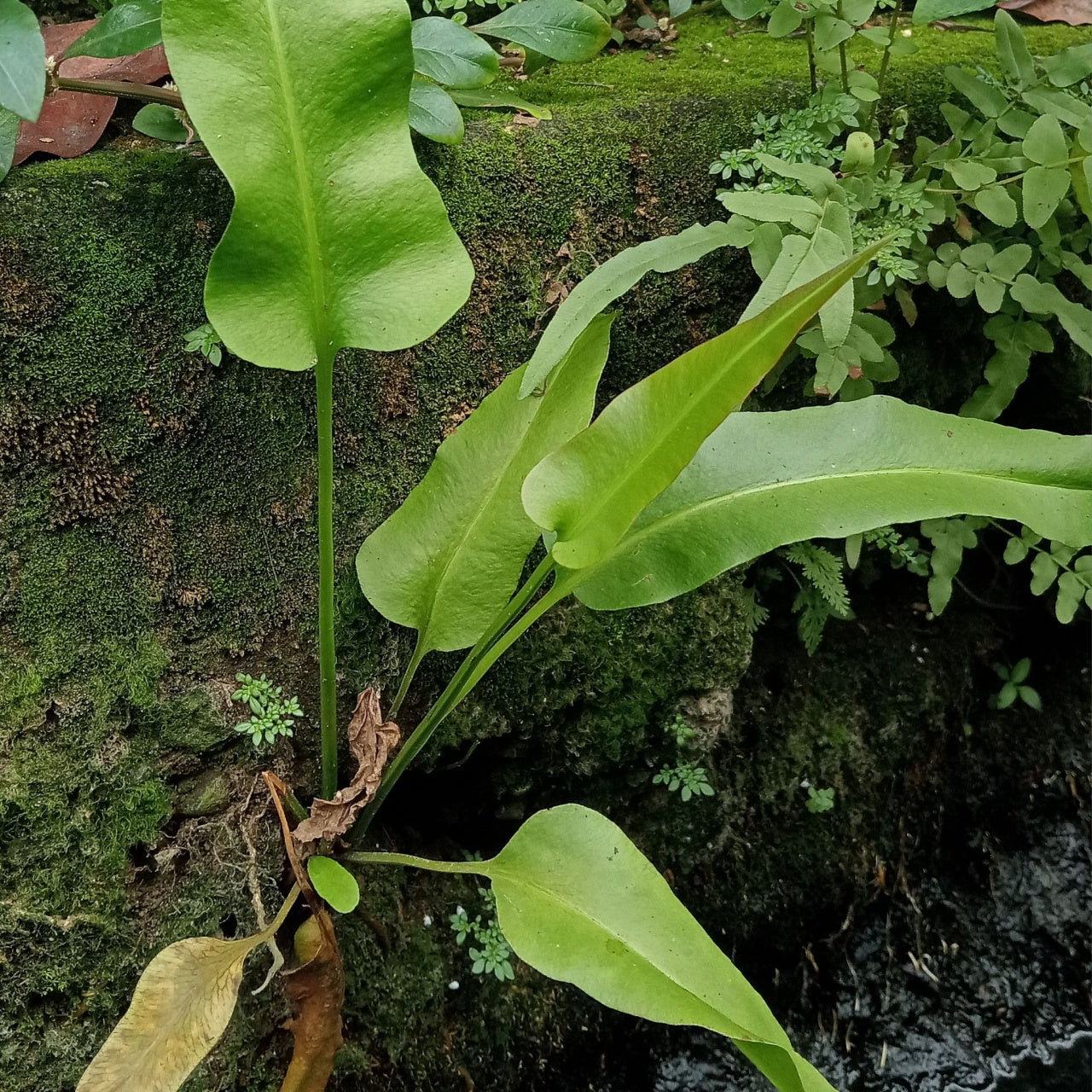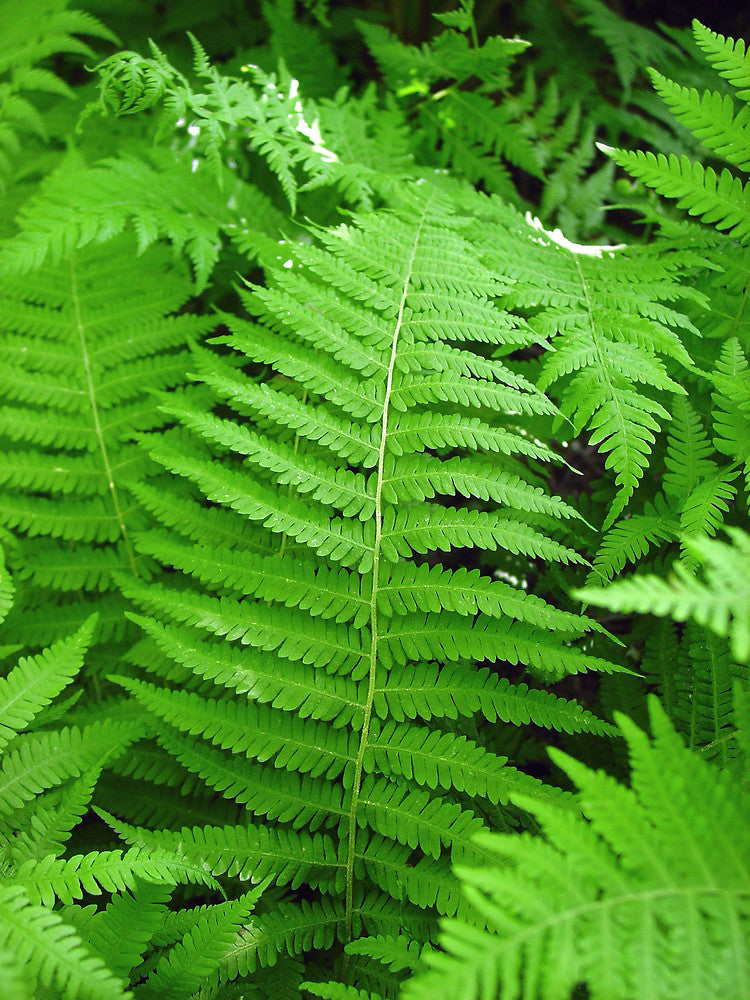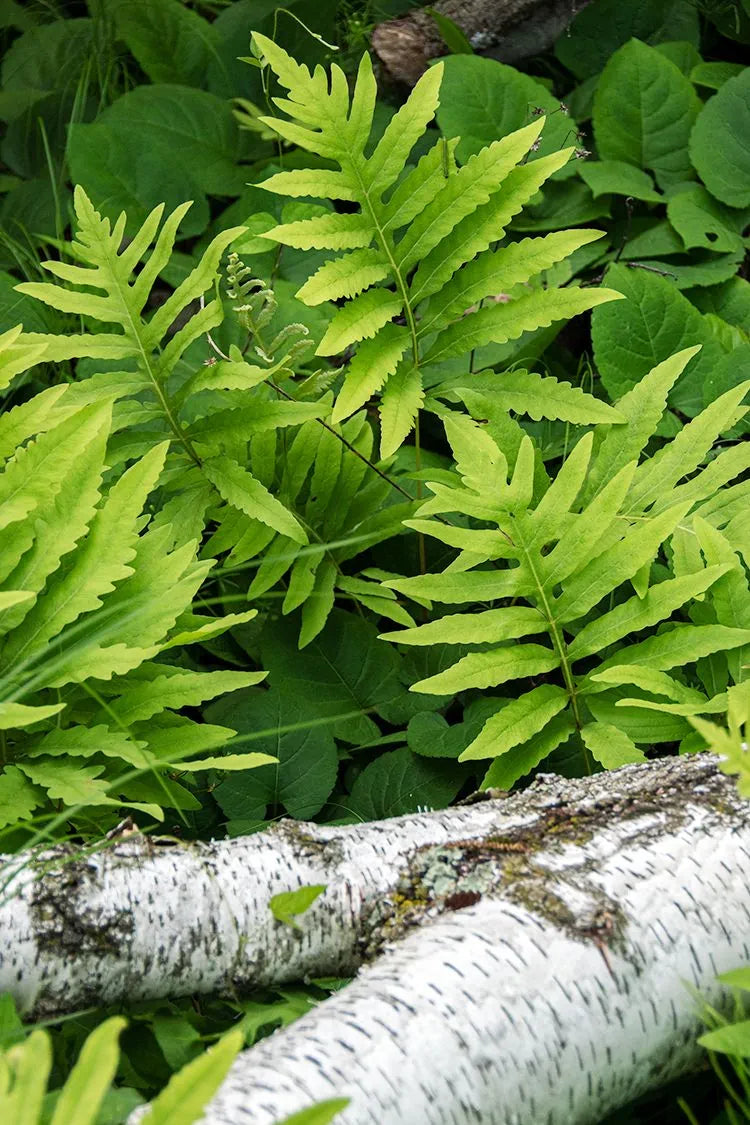Shade Ferns – Timeless Texture for Cool, Quiet Spaces
Not every part of a garden needs full sun to shine. Some of the most peaceful, inviting spaces are tucked in the shade—and ferns are made for those places. Our collection of shade ferns includes hardy, graceful varieties that thrive in low-light conditions and bring a sense of calm to woodlands, borders, and tucked-away corners.
Elegant Greenery Where Sunlight Is Sparse
Shade ferns are unmatched for their ability to fill dim spaces with soft, layered texture. These plants don’t need much attention—just moisture, a bit of patience, and a place out of the hot afternoon sun. Whether you’re lining a shady path or filling in under trees, the ferns we offer return year after year, spreading gently and enriching the soil as they grow.
Top Shade Ferns From Our Collection:
- Christmas Fern – Evergreen, tough, and ideal for four-season interest.
- Lady Fern – Lacy fronds that thrive in woodland settings and dappled light.
- Cinnamon Fern – Known for its tall, upright growth and warm-toned fiddleheads.
- Maidenhair Fern – Delicate and airy with black stems and fan-shaped leaves.
Why Buy Shade Ferns from TN Nursery?
We grow our ferns naturally, in real soil and real conditions—so when you plant them, they know how to thrive. Each order is shipped bare root, fresh from our farm, and selected for strong roots and reliable performance. Whether you're designing a quiet woodland retreat or need erosion control on a shaded slope, our shade ferns are a lasting, low-maintenance choice.
Browse our shade ferns and bring cool, green serenity to the shaded parts of your garden. Simple. Natural. Enduring.
